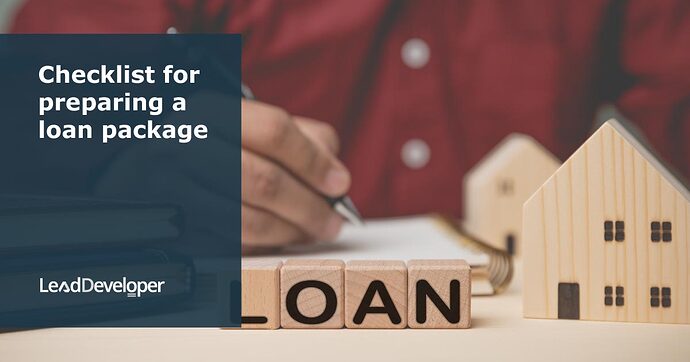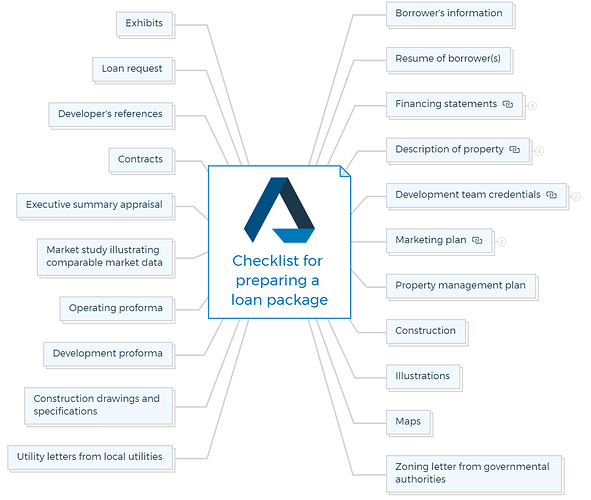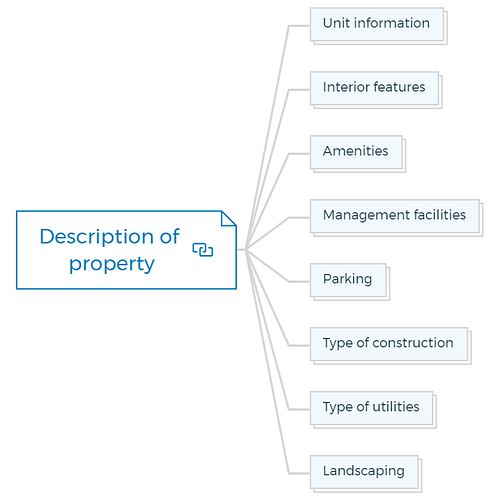1. Borrower’s information
- Name, address, telephone number, social security number: Provide accurate personal information for identification and communication purposes.
2. Resume of borrower(s)
- Professional background: Submit detailed resumes for all borrowers involved in the loan request. Highlight education, work history, skills, and relevant experience to demonstrate your qualifications.
You are missing out if you haven’t yet subscribed to our YouTube channel.
3. Financing statements:
3.1. Personal financial statement
Detail your personal assets, liabilities, and net worth. This helps lenders understand your financial stability and capacity to handle the loan.
3.2. Income documentation
Include pay stubs, tax returns, and other income evidence. This verifies your income and repayment ability.
3.3. Credit report
Obtain and include your credit report to showcase your creditworthiness.
4. Description of property
4.1. Unit information
If applicable, provide details about individual units in the property (e.g., number of bedrooms, bathrooms, square footage).
4.2. Interior features
Describe interior features of the property, such as flooring, appliances, and finishes.
4.3. Amenities
List any amenities available to residents, such as swimming pools, fitness centers, or community spaces.
4.4. Management facilities
Detail facilities for property management, such as leasing offices or maintenance areas.
4.5. Parking
Describe parking arrangements, including availability of spaces and type (covered, open, etc.).
4.6. Type of construction
Specify the construction type (wood, concrete, steel, etc.).
Learn More
4.7. Type of utilities
Outline utilities available (electricity, water, gas, etc.).
4.8. Landscaping
Provide information about landscaping and outdoor areas.
5. Development team credentials:
5.1. Team members
List key development team members, including architects, contractors, and designers.
5.2. Experience
Highlight team members’ relevant experience and past successful projects.
6. Marketing plan
6.1. Target audience
Define the target market for the property (e.g., renters, buyers).
6.2. Marketing strategies
Explain how you plan to market the property to attract tenants or buyers.
7. Property management plan
Describe how the property will be managed, including leasing, maintenance, and tenant relations.
8. Construction
Provide an estimated timeline for construction phases.
9. Illustrations
Include visual renderings of the property’s exterior and key interior spaces.
10. Maps
Provide a map showing the property’s location in relation to nearby landmarks.
11. Zoning letter from governmental authorities
Obtain a letter confirming that the property complies with local zoning regulations.
12. Utility letters from local utilities
Obtain letters confirming the availability of necessary utilities.
13. Construction drawings and specifications
Include architectural and engineering drawings detailing the property’s design.
14. Development proforma
Present a detailed financial forecast for the development project.
15. Operating proforma
Provide projections for property income and expenses after completion.
16. Market study illustrating comparable market data
Include data on comparable properties in the area to support your market projections.
17. Executive summary appraisal
Summarize an appraisal report estimating the property’s value.
18. Contracts
Include contracts with contractors, architects, and other relevant parties.
19. Developer’s references
Provide references from previous lenders, partners, or clients.
20. Loan request
Clearly state the amount of loan you are seeking.
21. Exhibits
Include any additional documents that support the information in your loan package.







